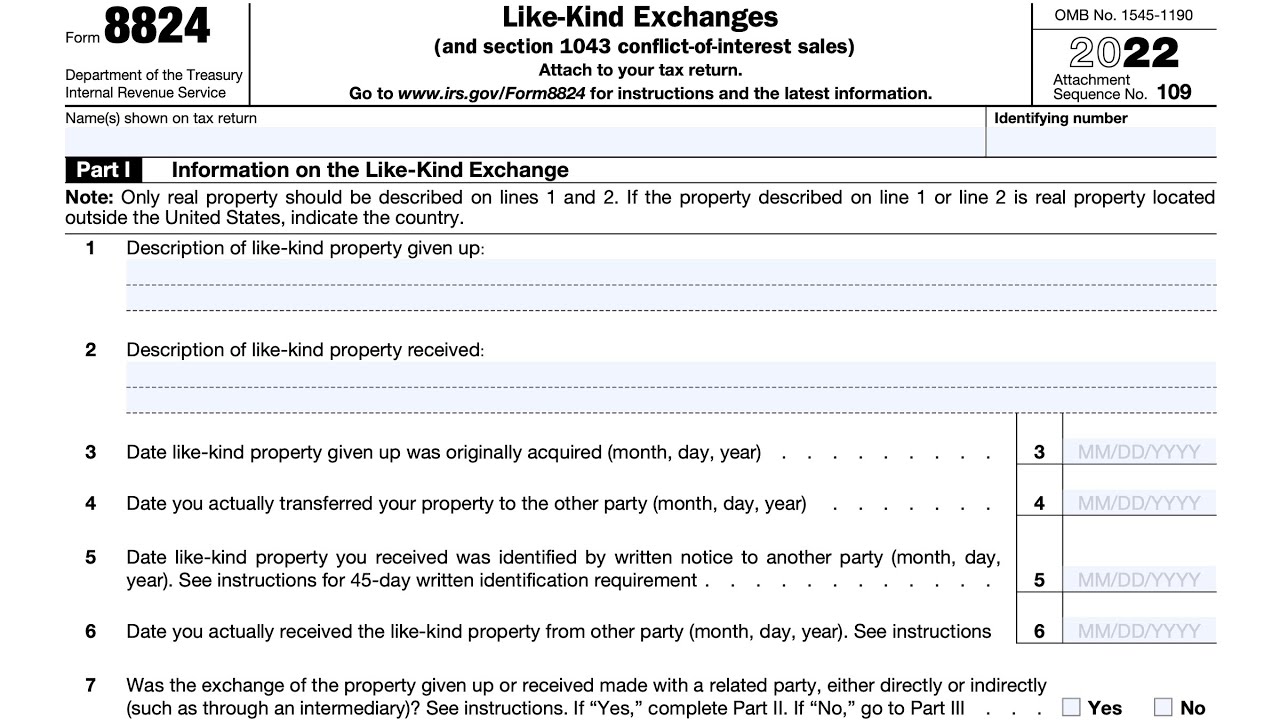- Select QI
- Set Up 1031
- Closing #1
- 45 Day ID
- New Closings
- Report 1031
For this reason, you need to be aware of two very important pitfalls to avoid as you select a Qualified Intermediary for your exchange.
PITFALL #1, make absolutely sure that your personal data and transactional info will be fully secured during the course of your exchange, and
PITFALL #2, make sure that your exchange proceeds will be held on deposit within a safe custodial structure and that your exchange funds will not be commingled with the funds of others. This means either a Qualified Escrow Account or a restricted 1031 account. We suggest using a Qualified Intermediary which actually creates their accounts in the name of the Exchanger and with the Exchanger's tax identification number.
In addition, remember that the logistics and mechanics of your exchange are critical as well. Before you set up your exchange it is important that it carefully planned with the help of an experienced, competent and creative legal and exchange concierge or exchange professional. Preferably one who is completely familiar with the tax code in general, not just Section 1031, and one who has extensive experience in doing many different kinds of exchanges. Thorough planning can help avoid many subtle exchanging pitfalls and also ensure that the Exchanger will accomplish the goals for which the transaction is intended.

Planning and Advice
Since tax deferred exchanges involve a minimum of two properties, and often many more, they include some extraordinary logistics because of the necessary multiple closings and the difficulties associated with many transactional moving parts. For this reason, and because a significant amount of deferred gain treatment is at stake, every exchange deserves to be planned by the Exchanger beforehand. It usually only takes a few minutes with a 1031 exchange professional for an Exchanger to theoretically walk through the entirety of the exchange logistics before starting. This type of pre-planning can often assist an Exchanger in avoiding several exchanging pitfalls and create workarounds or mitigation strategies before any problems can arise.Is Your Personal Data Secure?
The online world in which we live today can be dangerous. Especially for those involved in the sale and transfer of real estate. Your personal data is always at risk of being hacked or compromised, and it is even more risky to allow the transport of your personal data across free email platforms like Gmail and Yahoo. Frankly, this is one of the primary rationales we utilize whenever we refer an Exchanger to any Qualified Intermediary. We encourage every Exchanger to insist that their exchange is processed within a fully encrypted environment, to ensure that no data is ever at risk. That is also why we will refer you to a processor that will set up your account and securely send you login credentials, so you can log in to a secure ecosystem where you can safely interact with your exchange documents, view your trust account activity, or communicate with your 1031 Coordinator.Are Your Exchange Funds Secure?
For many years, Qualified Intermediaries commingled the exchange proceeds of their Exchangers and provided for the sub-accounting of individual Exchanger balances on their own books. Over time, as banking software became more sophisticated, it was possible to set up individual accounts for the benefit of Exchangers (FBO), however the accounts were always in the name of the Qualified Intermediary and never required the approval of the Exchanger to transfer and exchange funds. One step forward for 1031 Exchangers was the introduction of Qualified Escrow Accounts or QEAs. This is essentially a three-party agreement between the bank, the Intermediary and the Exchanger which ensures that a bank officer must sign off for the transfer of any 1031 funds. This was a dramatic step forward for Exchangers, but has been utilized very rarely because of the traditional extra expense of setting up the individual QEA at the bank. If an Exchanger does not opt for the extra expense associated with a Qualified Escrow Account they should insist upon a Qualified Intermediary who uses a banking structure that can be trusted. We encourage the use of Qualified Intermediaries with a banking regimen where they actually set up each individual Exchanger's account in their name, and with their tax identification number. This makes it very clear who's exchange funds are on deposit and also requires that every Exchanger must provide written disbursement instructions, usually provided through secure e-signature for the wiring or movement of any 1031 funds.Facilitating Within an Encrypted Environment?
Ensuring that your exchange is facilitated and processed within an encrypted environment means that your personal and transactional data is never at risk because it is electronically secured. It also means that your access to your exchange related data and trust account balances will typically only be available via login credentials which are required for you to view your exchange inforrmation. Encryption is the backbone provided by the Qualified Intermediary that protects you and your data:
